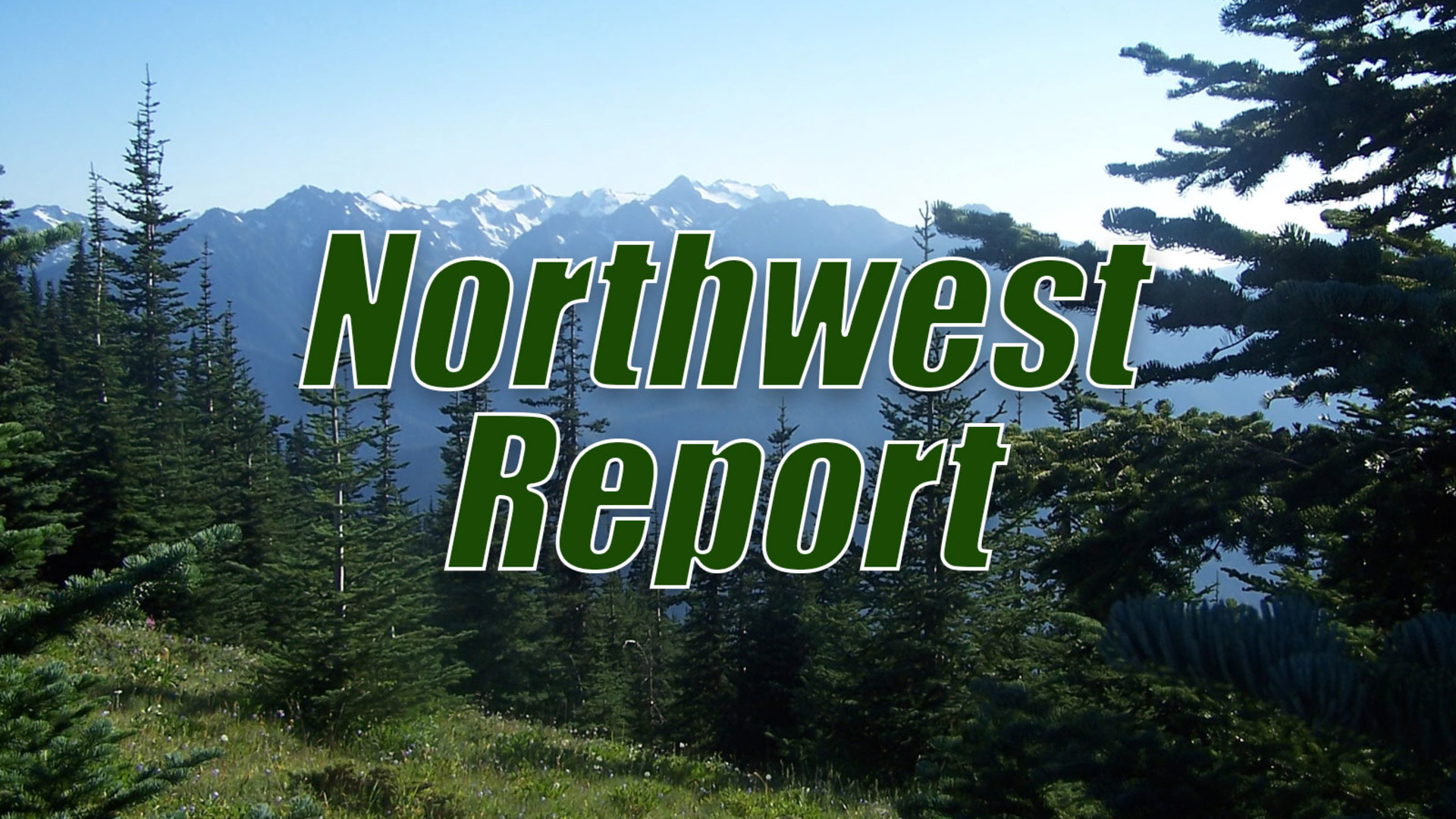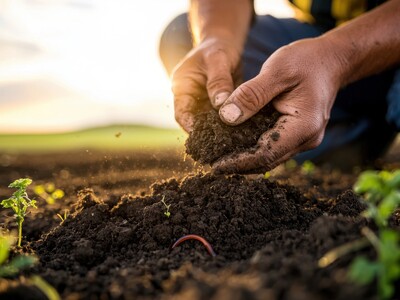GM Wheat Update & Trans Atlantic Trade Meeting
GM Wheat Update & Trans Atlantic Trade Meeting plus Food Forethought. I’m Greg Martin with today’s Northwest Report.
The first round of the TransAtlantic Trade and Investment Partnership negotiations concluded last week. A big issues is sanitary and phytosanitary trade barriers. U.S. Chief TTIP Negotiator Dan Mullaney and European Union Chief TTIP Negotiator Ignacio Garcia-Bercero.
MULLANEY: The sanitary/phyto-sanitary measures, SPS measures in agriculture is extremely important in this agreement. There are issues we’ve had a fair amount of history on.
GARCIA-BERCERO: Indeed we also have an interest in having a stronger framework in SPS for our relationship with the United States. We both have an interest in developing a stronger framework to solve SPS issues.
The Oregon gm wheat issues is getting some scrutiny from Japanese officials. They are meeting with NW grain officials in Portland to talk about the genetically modified grain recently found on one northwest Oregon wheat field. Japan has temporarily suspended the purchase of western white wheat over the issue but they are purchasing other varieties. S. Korea recently lifted their suspension of wheat purchases from the NW. The grain is being viewed as suspicious since no other gm wheat has been found in any other fields in the area.
Now with today’s Food Forethought, here’s Lacy Gray.
What’s big and green on the outside and red, tasty and nutritionally good for you on the inside? Why watermelon of course. Summertime offers the perfect opportunity to be able to watch kids get excited over eating something that’s good for them, watermelon. They even ask for seconds and thirds! Watermelon offers up some surprising health benefits; it’s an excellent source of vitamins A, C, and B6, and also contains important amino acids that help maintain overall cardiovascular function. Watermelon is also low in sodium, while being cholesterol and fat free. Oh, and did I mention it’s high in potassium? It’s believed that watermelons originated in Africa. Now, over four billion pounds of watermelon are produced in the U.S. every year, with roughly 85% of them being purchased in fresh form by consumers. Not sure how to choose a watermelon. Well, experts say to look for watermelons with relatively smooth rinds that are slightly dull on top, and be sure to check that the bottom, which has been resting on the ground, is a slightly yellow color; that’s a sure sign that it’s fully ripe. And if you want to give it a thump to check for that deep “hollow” sound, that works too.
Thanks Lacy. That’s today’s Northwest Report. I’m Greg Martin on the Ag Information Network.














